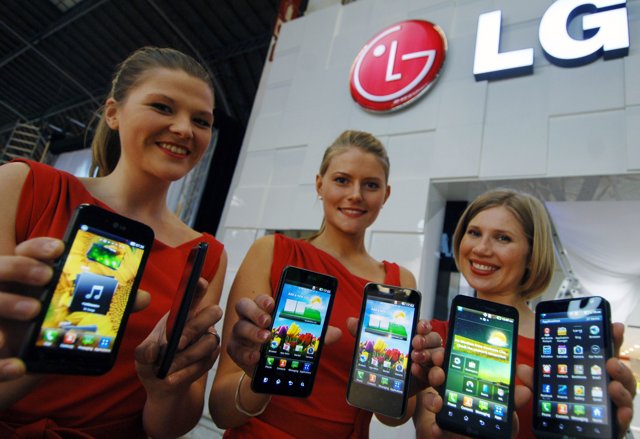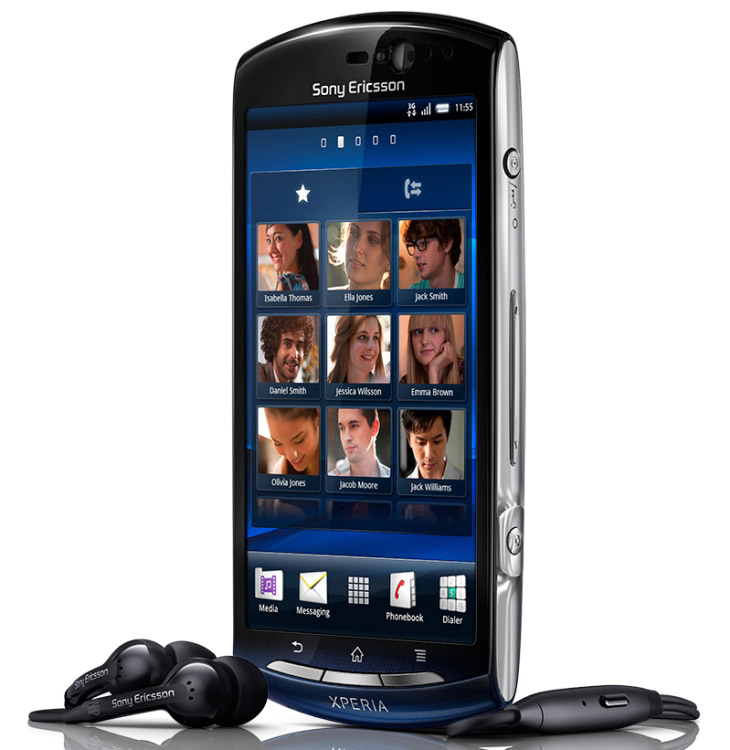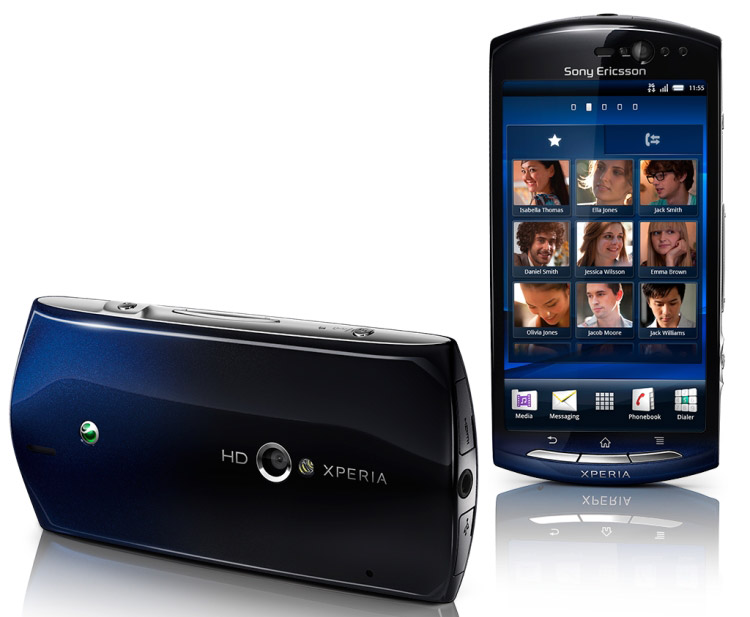The Samsung Galaxy S Advance was released in April 2012 and holds some really nice features in its basket full of advanced goodies. Besides being an attractive and wise phone, it’s also available at an affordable price, so why not check it out in the following review ? There are some big chances that you’ll like what it has to offer and consider buying it.
Main specs:
• Quad-band GSM and dual-band 3G support
• 14.4 Mbps HSDPA and 5.76 Mbps HSUPA support
• 4.0" 16M-color Super AMOLED capacitive touch screen of WVGA (480 x 800 pixel) resolution; Scratch-resistant coating
• Android OS v2.3.6 with TouchWiz 4 launcher
• 1 GHz dual-core Cortex-A9 CPU, Mali-400 MP GPU, 768MB of RAM
• 5 MP autofocus camera with a powerful LED flash, face and smile detection
• 720p HD video recording at 30fps
• Wi-Fi 802.11 b/g/n support; DLNA and Wi-Fi hotspot
• GPS with A-GPS connectivity; digital compass
• 8/16GB of inbuilt storage, microSD slot
• Accelerometer, gyroscope and proximity sensor
• Standard 3.5 mm audio jack
• microUSB port
• Stereo Bluetooth v3.0
• FM radio with RDS
• Gorilla Glass
• 1.3MP secondary camera
• Document editor
• File manager comes preinstalled
Full specs here.
http://www.mobilephonedeals.com
In the phone’s box, you’ll find the user manuals, a charger, the microUSB cable, a pair of headphones with in-ear plugs and some additional differently sized buds. No microSD card, but the phone’s internal memory is of 8 or 16 GB, which is quite enough for most users.
The Galaxy S Advance is a good looking guy, measuring 123.2 x 63 x 9.7 mm and having a weight of 120 g. Even if it’s all made of plastic, it seems to be strongly built and looks great. I especially liked the interesting pattern on its back, which keeps the fingerprints away from sticking to it and looks nice. The phone has a curved back and can be easily handled with one hand, as it’s light and slim; your pockets will like it too.
The phone features a 4 inches Super AMOLED capacitive touch screen that has a resolution of 800 x 480 pixels and a 233 ppi pixel density. The contrast is very good, the colors are bright and vibrant, the sunlight legibility is great and so are the viewing angles.
Above the screen are the earpiece, a secondary camera for making video calls and the ambient light and proximity sensors.
Below the display are two capacitive haptic-enabled keys for Menu and Back, with a physical key for Home between them.
The left side of the phone holds the lonely volume rocker. Also lonely is the Power/Lock key, which can be found on the right side.
The top of the phone is bare, meanwhile the bottom is pretty crowded, hosting the microUSB port, a 3.5 mm audio jack and the mouthpiece.
The phone comes loaded with Android 2.3.6 Gingerbread and is upgradeable to v4.1 Jelly Bean. Also here is the TouchWiz user interface, which grants a wonderful experience. The Galaxy S Advance is powered by a NovaThor U8500 chipset, has a dual-core 1 GHz Cortex-A9 processor, Mali-400 GPU, 2 GB of ROM and 768 MB of RAM. It’s very snappy and works just fine, without annoying you with lag or anything like that.
At the telephony department, you have a great phonebook that stores tons of info about your contacts and syncs with your social networking accounts. Smart dialing is available and the phone offers a very good call & reception quality.
At the messaging area, your messages are organized in threads and displayed as conversations.
Instant messaging is handled by Google Talk and for emailing, you have Gmail and a generic email app for your other accounts.
For texting, the Android virtual QWERTY keyboard is very easy to use.
The Galaxy S Advance has a rich set of connectivity features. You have support for quad-band GSM/GPRS/EDGE, 3G with 21 Mbps HSDPA and 5.76 Mbps HSUPA, dual-band Wi-Fi b/g/n, DLNA, Wi-Fi Hotspot, High Speed Bluetooth 3.0 with A2DP and microUSB 2.0.
Browsing is wonderful on the phone, as you’re being offered support for Flash 11, text reflow, multiple tabs, double tap and pinch zooming and others. The pages are loaded fast and fit the screen nicely.
The Galaxy S Advance is equipped with a 5 megapixel autofocus camera that takes pictures at a maximum resolution of 2592 x 1944 pixels and has a LED flash companion for assisting in low light situations. You also get settings for geo-tagging, touch focus, face and smile detection and others. The image quality is very good.
The video camera also does a great job and is capable of producing 720p videos at 30 fps.
For audio playback, you have a nice TouchWiz player and some nice features, like the DNSs sound enhancement, several equalizer presets ( a user defined one included), the possibility of searching for a song on YouTube or Google and so on.
The video player is very capable, handles DivX or XviD files without a problem, has support for subtitles and more.
The Galaxy S Advance features the Polaris Office application for viewing and editing Word, Excel and PowerPoint files. It can also view PDF files. Some other useful apps are the Memo, Mini Diary, Task, Voice Recorder, Calendar, Alarms and so on.
The phone comes with a built-in GPS receiver that has A-GPS support and Google Maps for navigation.
A 1500 mAh battery is on board and will keep your phone alive for a little over a day of intensive usage.
In conclusion, if you’re looking for a reliable, smart, good looking phone that’s also available at an affordable price, the Samsung Galaxy S Advance will definitely satisfy you and you won’t regret making the decision of buying it.































